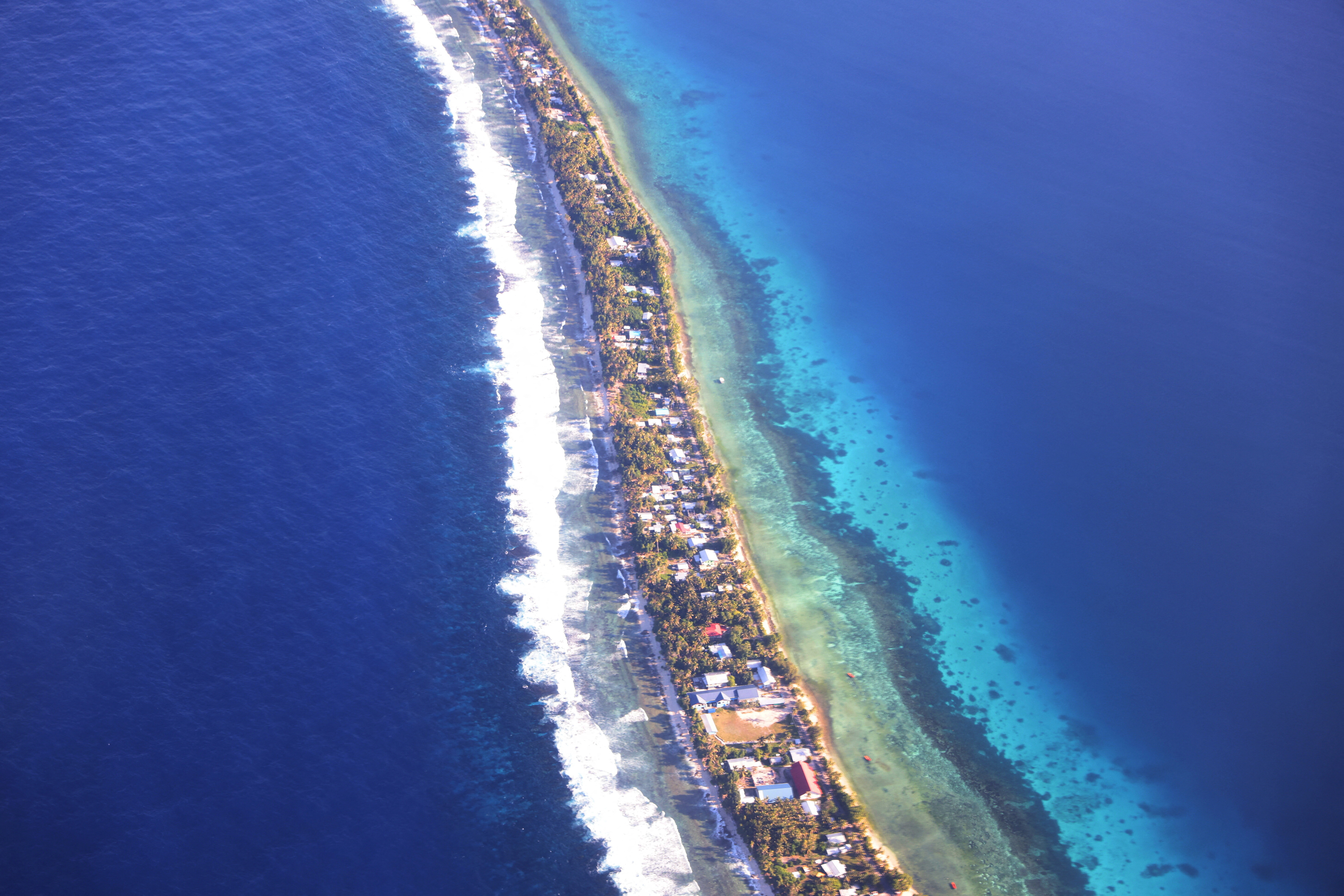This new technology that predicts sea breezes can boost offshore wind farms

New research could help offshore wind farms become a more predictable source of energy.
Image: REUTERS/Toby Melville
Stay up to date:
Future of the Environment
A new way to understand sea breezes using sophisticated forecasting methods could make offshore wind farms a more predictable source of energy.
The behavior of offshore sea breezes, and how the ocean influences them, were largely mysteries until now, says lead author Greg Seroka, who earned a doctorate in physical oceanography at Rutgers University and is a National Oceanic and Atmospheric Administration scientist.
“We’ve developed a technique to characterize and predict sea breezes, which could be critically beneficial for offshore wind turbine construction planning, operations, and maintenance—and help make wind a reliable substitute for fossil fuels,” he says.
The study, which appears in the Journal of Geophysical Research: Atmospheres, combines for the first time a statistical analysis technique with a weather forecasting model to assess sea breezes near-shore and offshore.
Researchers looked at sea breezes that cross the New Jersey Wind Energy Area, a federally designated zone off Ocean, Atlantic, and Cape May counties where industry may build huge wind turbines.
The findings show that during the summer, sea breezes often arise on hot afternoons when energy demands peak, but conditions change when winds from the southwest push warm surface water away from shore.
This causes upwelling of much colder bottom water that hits beaches, chills swimmers, and causes offshore sea breezes to begin about five hours earlier than normal and become more intense.
Further, winds blowing over coastal lands keep near-shore sea breezes from moving inland, but the land-based winds have little effect on sea breezes offshore.
The nation’s first commercial offshore wind project—in waters off Block Island, Rhode Island—consists of five 6-megawatt wind turbines and began operating in December 2016. More than 20 offshore wind projects are in various stages of development across the United States, according to the US Department of Energy.
Don't miss any update on this topic
Create a free account and access your personalized content collection with our latest publications and analyses.
License and Republishing
World Economic Forum articles may be republished in accordance with the Creative Commons Attribution-NonCommercial-NoDerivatives 4.0 International Public License, and in accordance with our Terms of Use.
The views expressed in this article are those of the author alone and not the World Economic Forum.
Forum Stories newsletter
Bringing you weekly curated insights and analysis on the global issues that matter.
More on Nature and BiodiversitySee all
Marco Lambertini and Marcelo Bicalho Behar
November 6, 2025
Tom Crowfoot
November 5, 2025
Laura Fisher, David Mueller and Anika Duggal
November 5, 2025
Gill Einhorn and Jack Hurd
November 5, 2025
Network of the Global Future Councils and Kaiser Kuo
November 4, 2025






